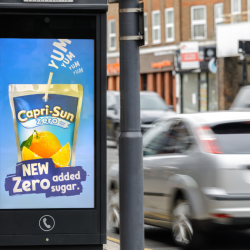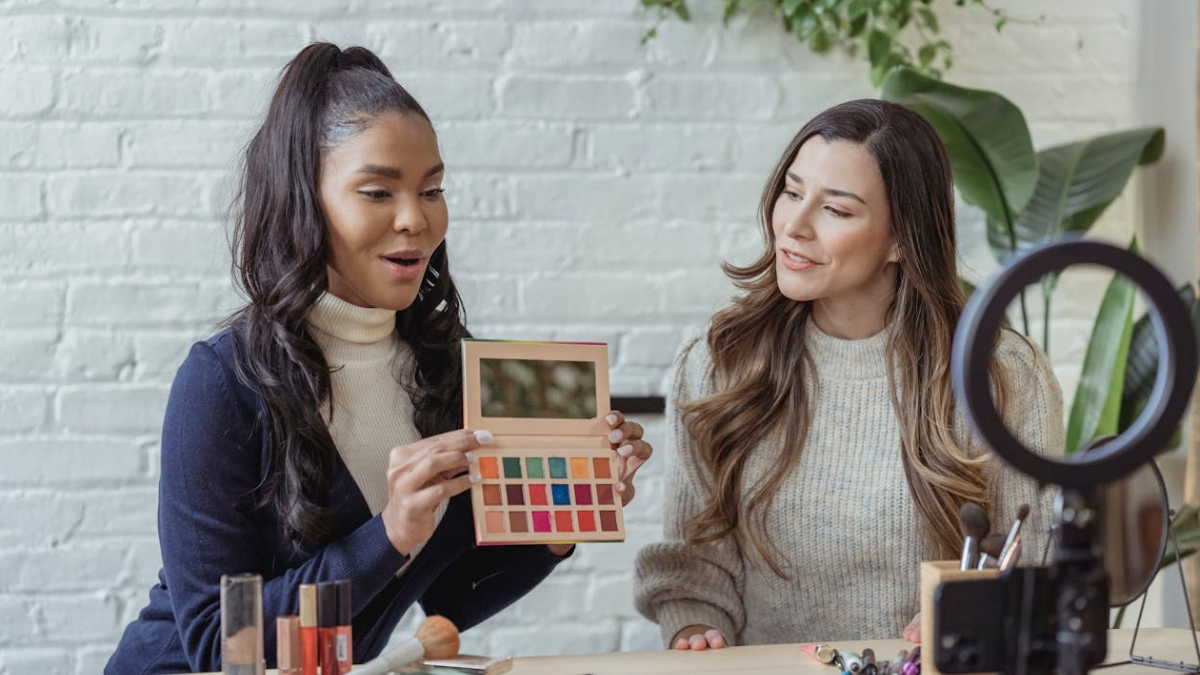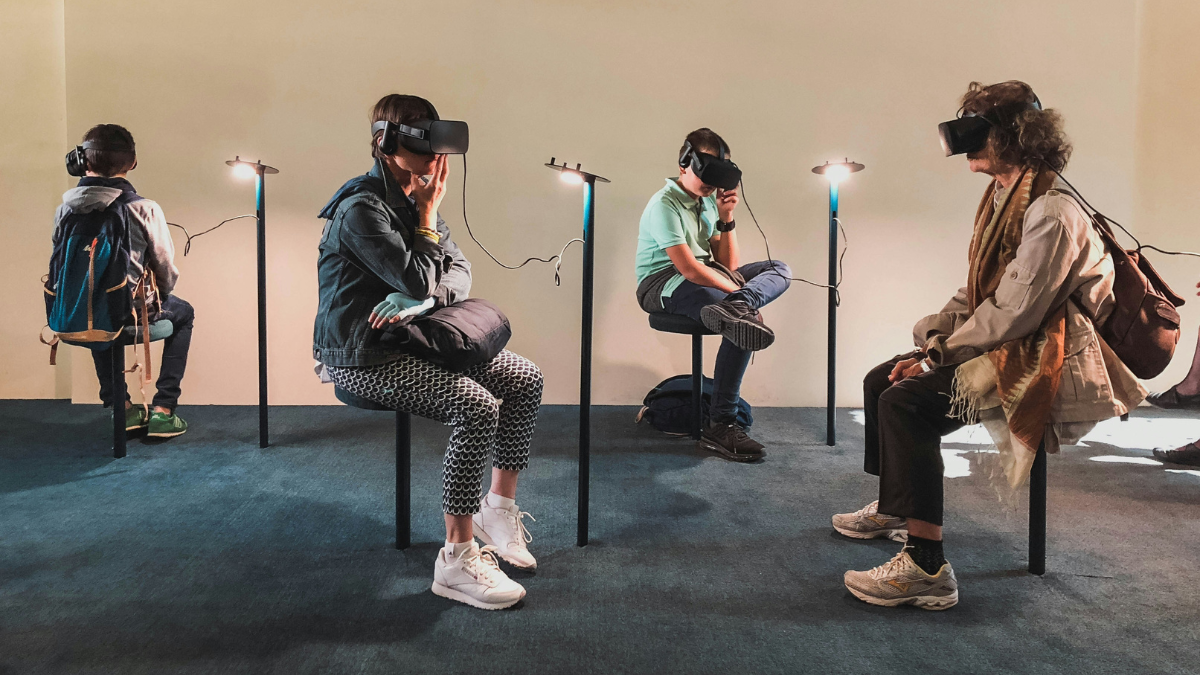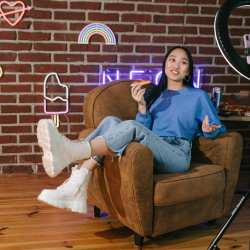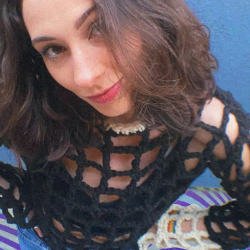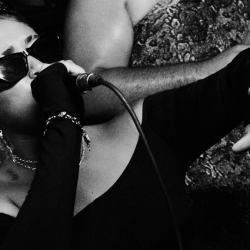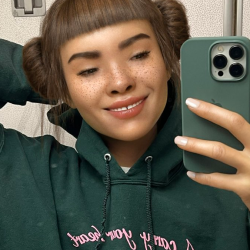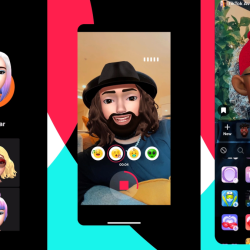So you’ve hitched your brand’s wagon to the influencer star? Why wouldn’t you? A ready-made audience on platforms like TikTok and Instagram. Easy money this. A short video or post, with your chosen ‘star’ talking about your brand — that’s surely a win-win. After all, influencers are a global industry worth around $24 billion this year — and that could hit $200 billion by 2032.
But this harnessing of fame isn’t a guaranteed bullseye. Audiences are getting tired of the so-called famous. We’ve hit saturation point with so many influencers crowding the internet — their fame is getting harder to land. As a result, brands are wondering if they’re getting bang for their buck. To stay relevant, brands need a reboot from influencers — an evolution. Social Media Influencer 2.0. Because the past does not guarantee the future.
Celebrity relatability
Influencer sensations come in many forms. From Mr Beast, Aimee Song or Addison Rae, they’ve made their mark on Instagram, YouTube, TikTok or X. They’ve built up an enormous following and brands know their fame can be turned into sales. They know their audience inside-out and that kind of reach is gold dust. And their fame hasn’t always come from the conventional route — acting, music or sport. They’ve just used the internet to their advantage and built a loyal following and have a certain relatability.
Anyone can aspire to be an influencer and this has moved the dial when it comes to brand ambassadors.
Times have changed from the days when, for example, footballers were seen as athletic gods, untouchable and heroic. Today? They can be found in their civvies having a kick-about. Or on Instagram promoting supermarkets. Jamie Redknapp might not be at the Ronaldo-level of footballing greatness, but he’s perfect for Marks & Spencer. He’s famous but not a mega star. You can argue he’s every bit an influencer, albeit one whose route to fame is more conventional. An everyday kind of bloke and recognisable; M&S’s food ambassador who is ‘one of the lads’ and who your partner might fancy a bit.
Deploying a relatable brand ambassador makes sense at a time when influencer fatigue has well and truly kicked in. Engagement rates are dropping. Their star is fading. The reputation of influencers, in the UK in particular, is that they’ve almost become just ‘fans for hire’. CMOs can be sceptical about how they’re used strategically and while ‘influencers’ is what they’re commonly called, it’s perhaps more accurate to call them ‘community leaders’, ‘content creators’, ‘ambassadors’ or ‘partners’.
Sometimes you don’t always have to ‘go b ig’
Relevancy and relatability are where you want to be in social media. The relatable influencers are often at the micro or nano level. Your reach levels might drop when you have that authenticity but you’ve got someone who’s the co-creator of the brand. That’s where Social Media Influencer 2.0 needs to be — authentic and relatable but more so. At a level where people don’t see someone lazily flogging one product after another but as a friend of a specific brand. Authentic and relatable.
Brands can get lucky and a person with 300 TikTok followers can suddenly find fame. Abigail Werner recounted to her small audience that a random passer-by asked her what scent she was wearing. It was Glossier. She told people to ‘buy it’. The following day Glossier sold 6,000 bottles, up from 600 only 24 hours earlier.
A 40-second video went viral overnight. Werner suddenly became famous in the fragrance community and Glossier suddenly saw spikes in sales it couldn’t fathom at first, as it came from an unknown source.
It’s an extreme example but those sales don’t soar unless there’s an authentic, relatable voice from the start. It doesn’t have to be someone experiencing overnight internet fame. There is a sense that influencers’ fame is on the wane — that we’re all just that bit tired of being sold to. But it’s not the end of days by any means.
Brands and social media stars can reset their relationship, go big on authenticity and reap the rewards. It’s not wrong for brands to go searching for that influencer stardust — just be smarter about how you do it.
Featured image: George Milton / Pexels
